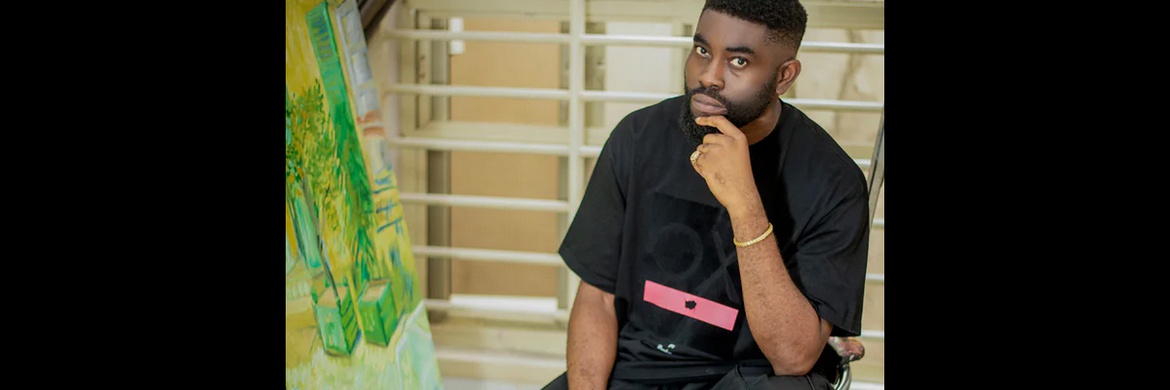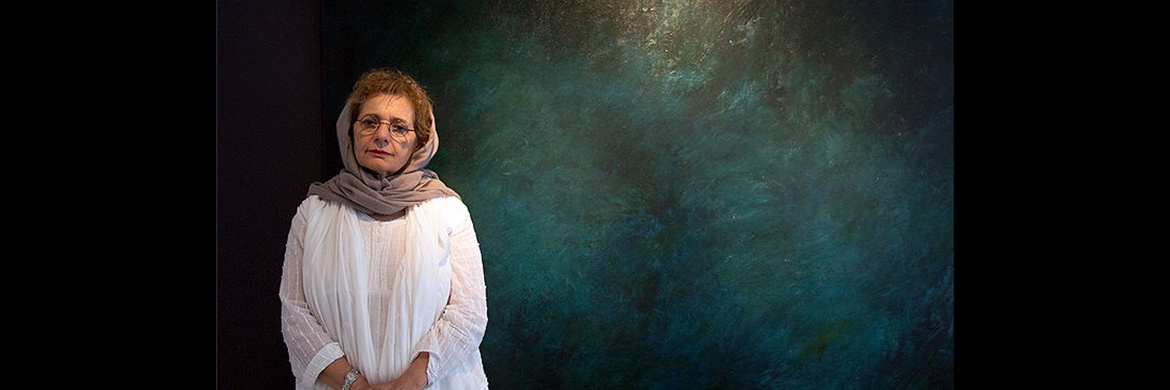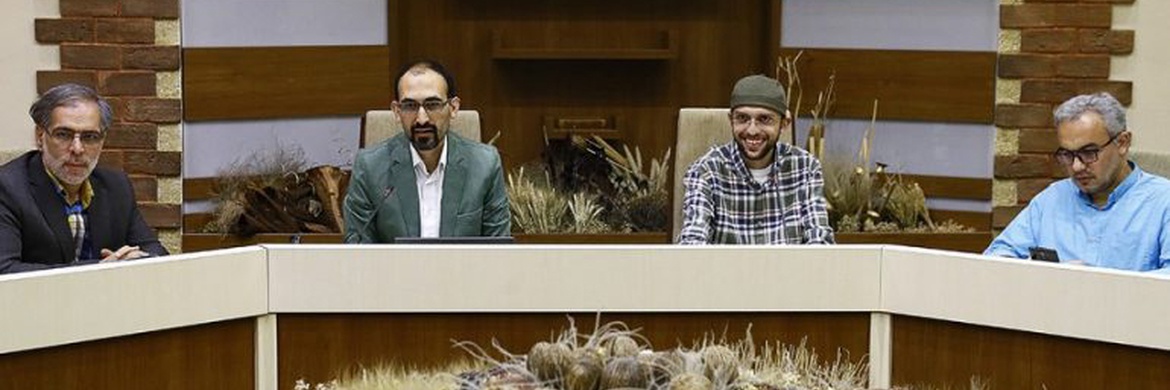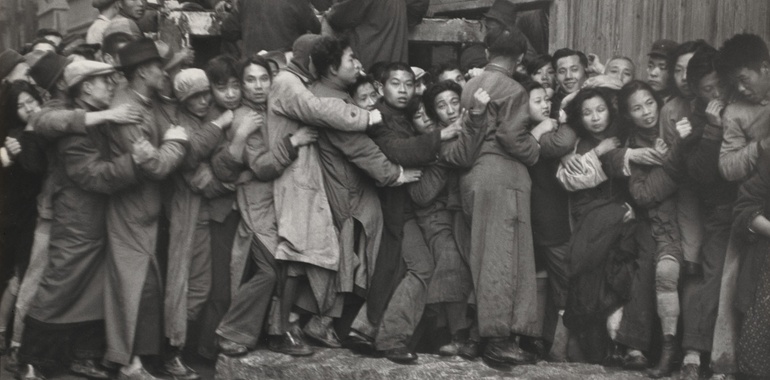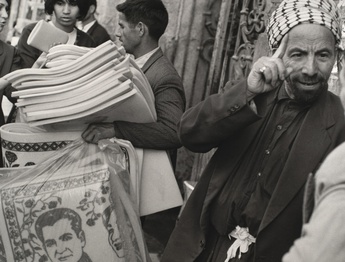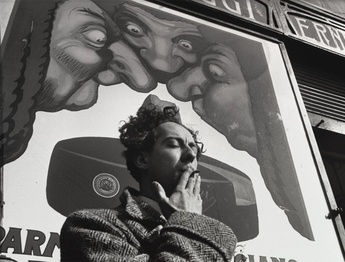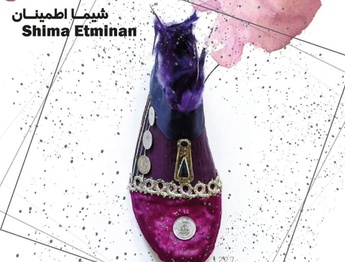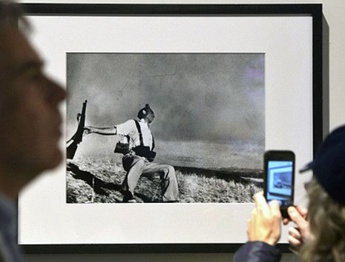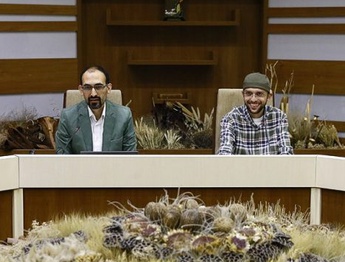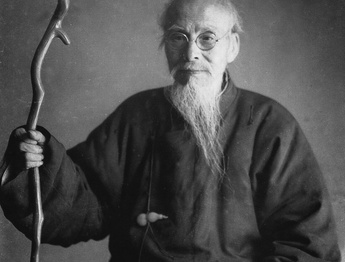Again the human clamor to continue living and once again portraying humans fighting for survival, even though the war seems to be over.
This photo was taken by one of the world's most professional photojournalists, Henri Cartier-Bresson, who recorded the image with a simple Leica camera with a 35mm lens, which is a true impression of life at that time.
The horizontal frame is the best choice to record this moment of events and commotion in it, and in fact, it is narrating a part of the life of people who are trying to live. The photo has a very strong and stable composition, and like the previous works of this photographer, it shows vertical and horizontal rhythm and different textures.
The rhythm created by people and 3 different textures that divide the image into three parts, which are: From the beginning, the wood-like texture of the walls, created by the repetition of people, which itself has a set of different textures, and then the texture of stone and pavement, or actually the ground, which is placed at the bottom.
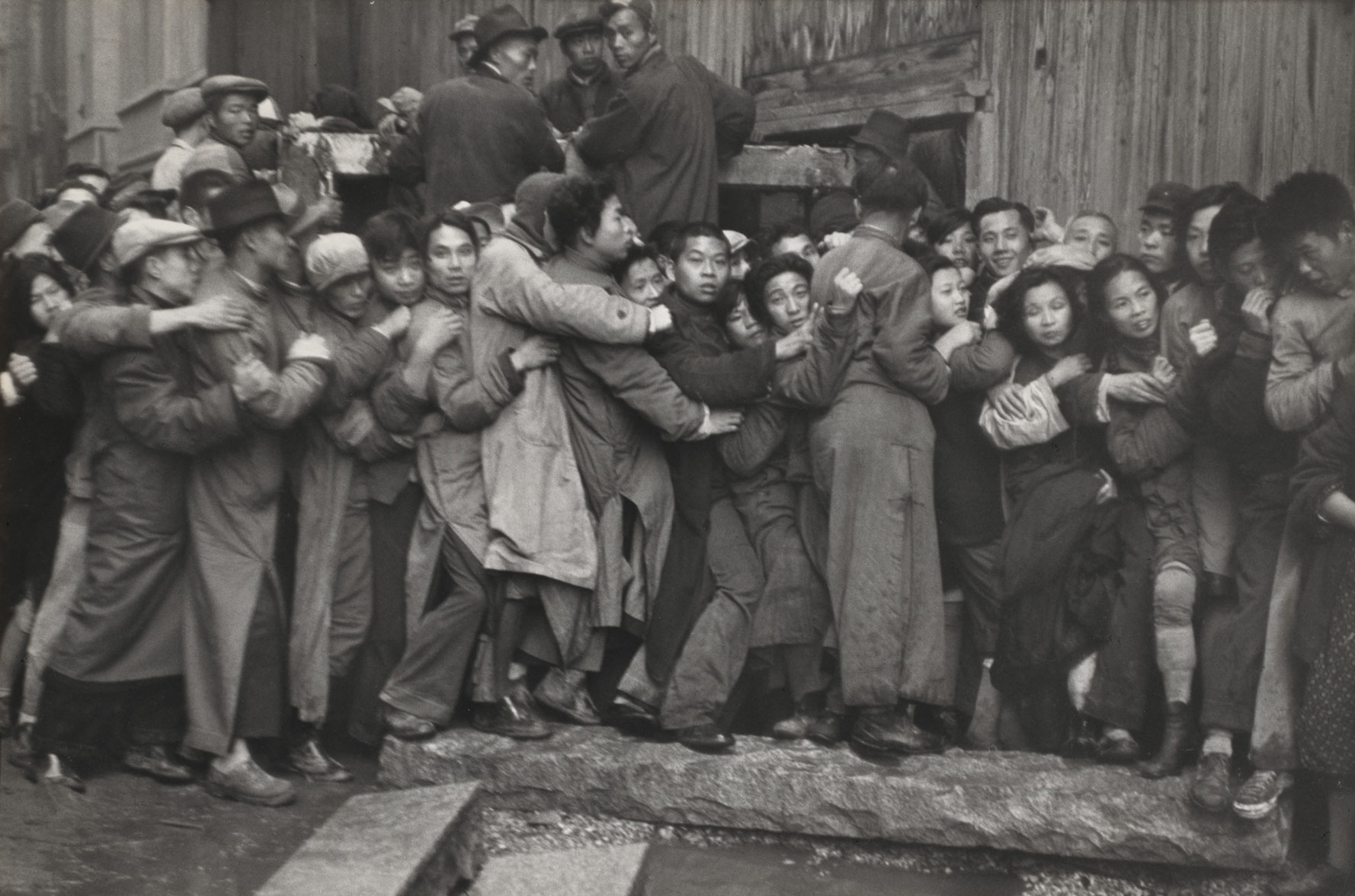
According to this division, a triangular movement surface has been created by humans, which is wider than other surfaces, which includes most of this space and shows the importance of this part.
Although the movement of the triangle is upward, the gaze of the people who are at the same sharp point of the triangle will bring you back into the frame. This photo has a plan, and the plans start from the right side and go to the end of the depth on the left. If we want to check the rhythms of this picture, it is better to start from the upper part of the picture. The rhythm of the sticks that are related to the buildings starts from the right side and ends at the tip of the triangle, but it repeats again with the slightest pause. The second part of rhythms, which are generally human beings, occupy the most surface due to its importance and have different rhythms, circles that are placed in the form of a curved line; And the last plan that starts from the left and continues to the first plan on the right and to the second person.
In terms of content and form, Cartier-Bresson's photos always leave the viewer free to make the end of the story of this photo.
He portrays an impression of an incident and may engage the viewer in that image and incident for a long time. In terms of content, this image has a horizontal form and dominates the entire work, and it is dynamic by vertical forms created by human elements.
In terms of the color of the content, we see conditions that lead the viewer to the conclusion that the best colors to describe this scene are different shades of gray, that is, if this event was photographed at the present time, black and white photography would still be the best option. .
In a general view, when we look at the crowd, each face gets a new meaning for us. The face in the foreground on the right side, whose head movement directs the whole story into the frame, seems to bear a lot of crowding and pressure.
Women can be seen among the figures, although their number is small, but they are trying to save lives along with men. Other faces of interest is the face of a man who has a neater dress and a more well-groomed appearance and a strange smile is sitting on his lips, which is in great contrast with the mood of the photo, and is located right in one of the pressure and crowd points. And also the faces around it, one of the other points of pause in this photo is the face of a person who is right in the middle of the frame and is looking at the photographer or his surroundings, even though he is in the pressure and crowd of people around him.
Then again the rhythm of the heads and again a single face which, like the previous ones, is moving against the direction of the narrative of the photo and is located in the left and middle part of it, and he is also looking to the left side outside the frame and his thoughts are moving in both directions.
The crowd of people has become a kind of movement and gives the impression to the viewer that right after the recording moment, this movement will continue to the right; And if the photographer repeats the shutter button again several times in a row, the same photo will be captured with a crowd and more people.
Another mysterious point of this photo is the placement of several people in the rear plans and above the triangle, whose figure and look are different from the people below, and they are not in a hurr. Probably, their work is different from these people and they look more at other people and even the photographer.
In examining this work, the concept of a definitive moment appears to us, because this photo depicts a moment in time of an event and shows the story of people who, even though the war is over and their government has been removed, they continue to try to live.
Prepared and arranged by Mrs. Maryam Shamkhali
